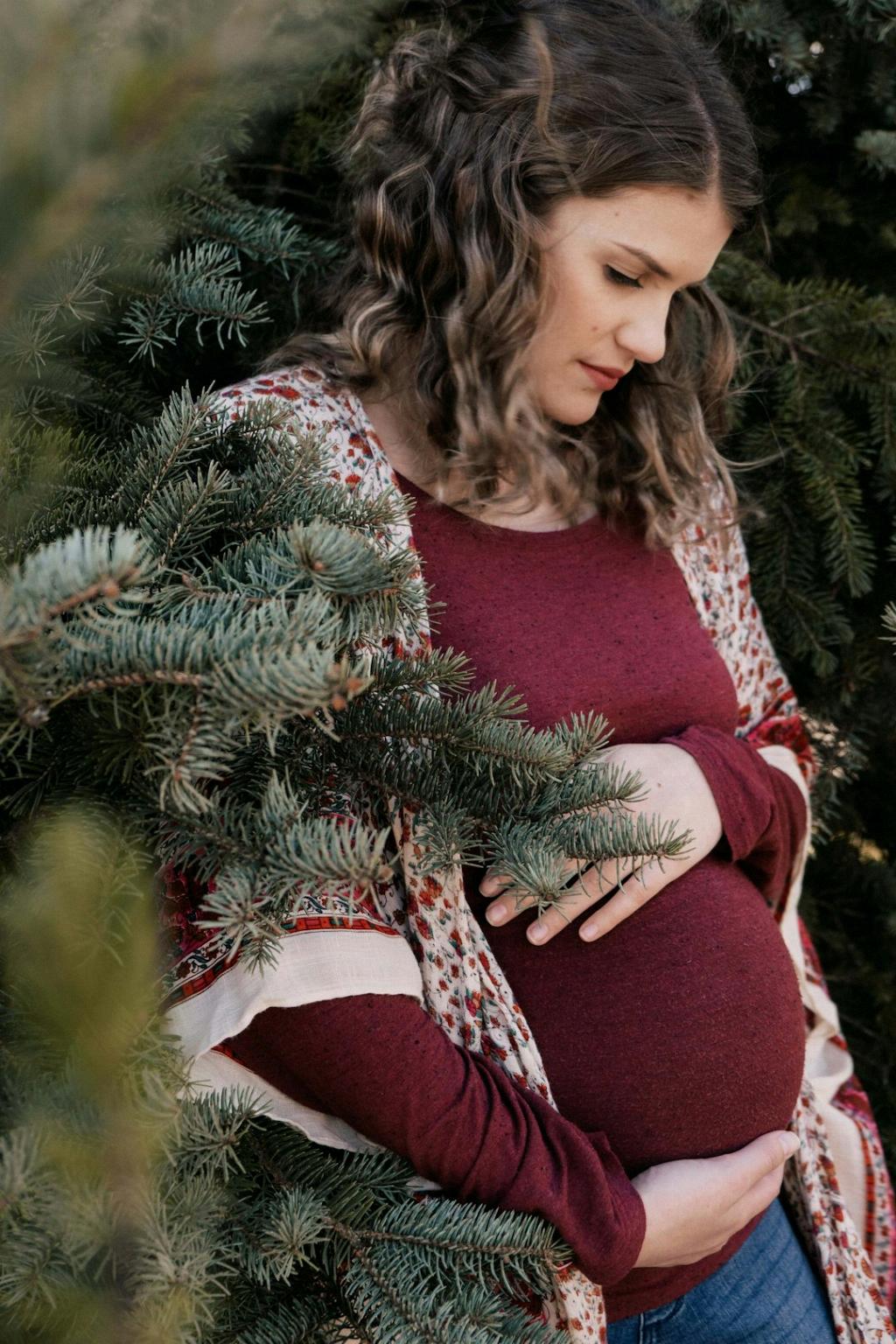When diving into the fascinating realm of multiple births, one can’t help but wonder – who is more likely to have triplets? The intricate web of factors influencing higher-order multiple births reveals a fascinating narrative that delves into various demographic and biological nuances.
Exploring Ethnicity and Multiple Birth Rates
One of the key elements to consider is ethnicity. Research indicates that Asian Americans and Native Americans tend to have the lowest rates for twins, let alone triplets. On the other end of the spectrum, white individuals assigned female at birth showcase the highest rate of higher-order multiple births, including triplets. This disparity in rates sheds light on the role of ethnicity in the likelihood of experiencing triplets.
Age as a Significant Factor
Another crucial aspect to ponder is age. Statistics show that individuals above the age of 35, particularly white people assigned female at birth, are more prone to having triplets. This age factor introduces a layer of complexity, indicating that age plays a significant role in the likelihood of experiencing a higher-order multiple birth.
Reproductive History and Multiple Births
Reproductive history also emerges as a critical determinant in the realm of multiple births. Individuals with a history of multiple pregnancies or assisted reproductive technologies such as in vitro fertilization (IVF) are more likely to have triplets. This connection underscores the influence of past reproductive experiences on the probability of higher-order multiple births.
Genetic Predispositions and Multiple Births
Genetic factors also come into play when discussing the likelihood of having triplets. Family history of multiple births or genetic predispositions towards releasing multiple eggs during ovulation can increase the chances of experiencing higher-order multiple births. These genetic influences provide a glimpse into the intricate tapestry of factors shaping the occurrence of triplets.
Environmental Influences on Multiple Birth Rates
Environmental factors can also impact the likelihood of having triplets. Access to quality healthcare, nutrition, and prenatal care can influence the outcome of a pregnancy, potentially increasing the chances of a higher-order multiple birth. Socioeconomic factors and health disparities can also play a role in shaping the landscape of multiple births within different populations.
Lifestyle Choices and Multiple Births
Lifestyle choices such as diet, exercise, and habits like smoking or alcohol consumption can affect the probability of having triplets. Maintaining a healthy lifestyle and adhering to recommended prenatal guidelines can potentially lower the risk of higher-order multiple births. These lifestyle factors highlight the importance of wellness and healthy practices during pregnancy.
Medical Interventions and Multiple Births
Advancements in medical technology and fertility treatments have also influenced the incidence of triplets. Procedures such as ovarian stimulation and assisted reproductive techniques have increased the likelihood of multiple births, including triplets. The role of medical interventions in shaping the landscape of higher-order multiple births underscores the intricate relationship between science and fertility.
Multiples Beyond Triplets: Rare Occurrences
While triplets garner significant attention, it’s essential to acknowledge rarer occurrences such as quadruplets, quintuplets, and beyond. The factors influencing these extraordinary multiple births extend beyond genetics and age, reflecting the exceptional nature of such pregnancies and the complexities involved.
Conclusion: The Multifaceted Nature of Multiple Births
In conclusion, the likelihood of having triplets is influenced by a myriad of factors ranging from ethnicity and age to genetic predispositions and lifestyle choices. Understanding the multifaceted nature of multiple births illuminates the intricate tapestry of influences that shape the probability of experiencing higher-order multiple pregnancies. As we delve deeper into the realm of fertility and reproduction, the dynamic interplay of these factors continues to unveil the diverse landscape of multiple births.

